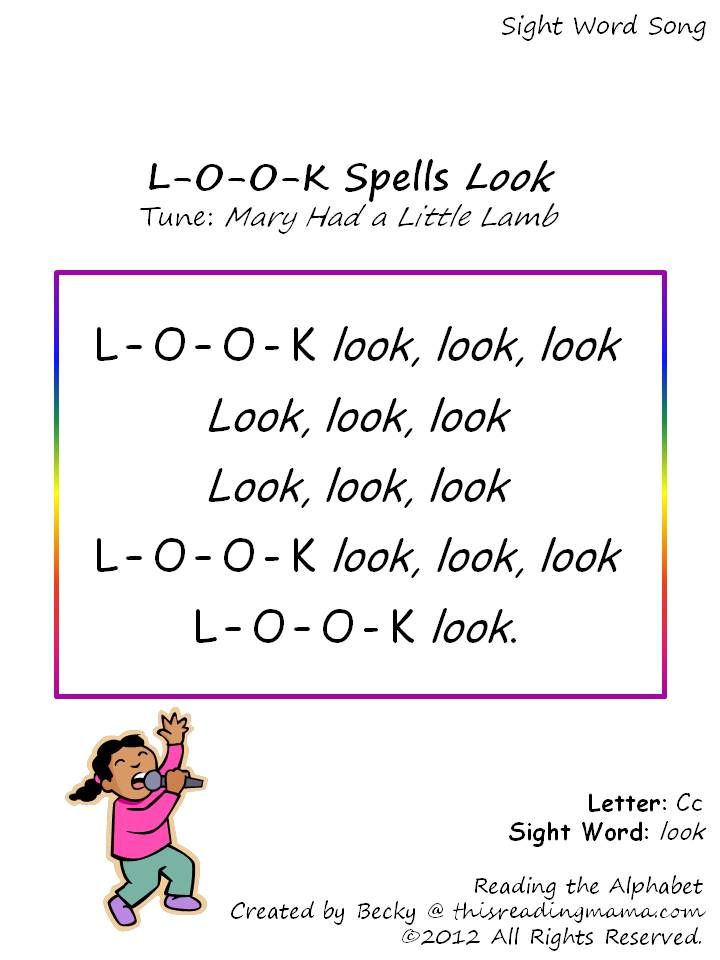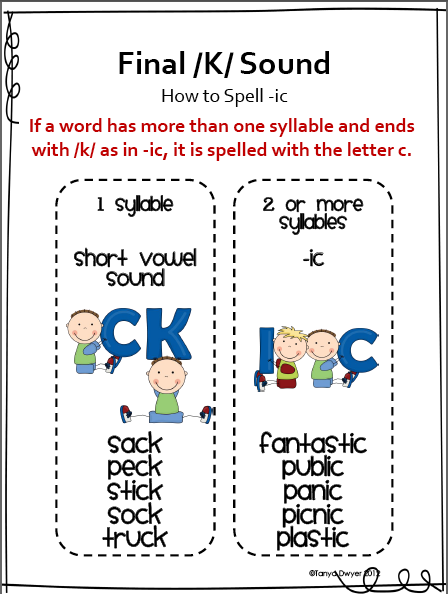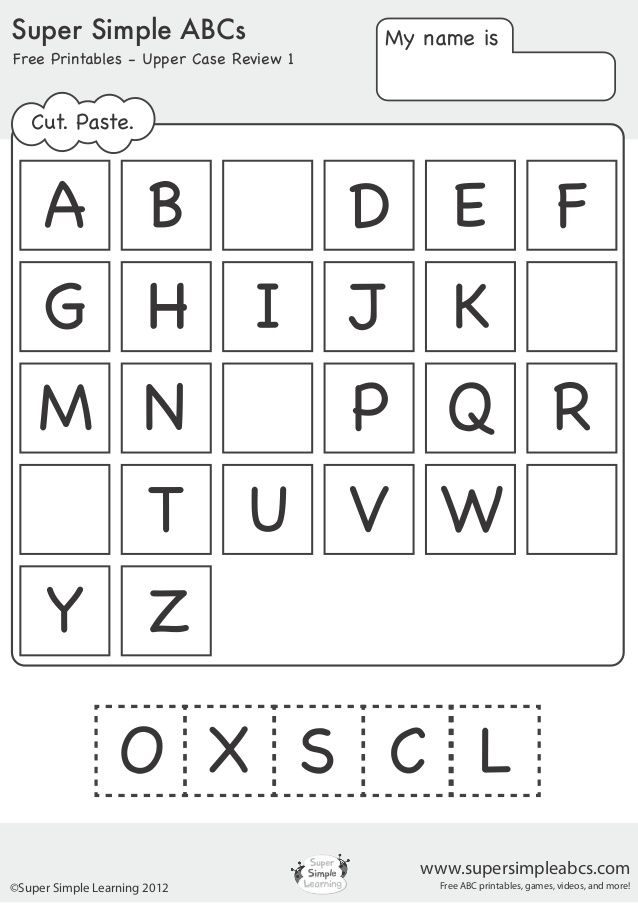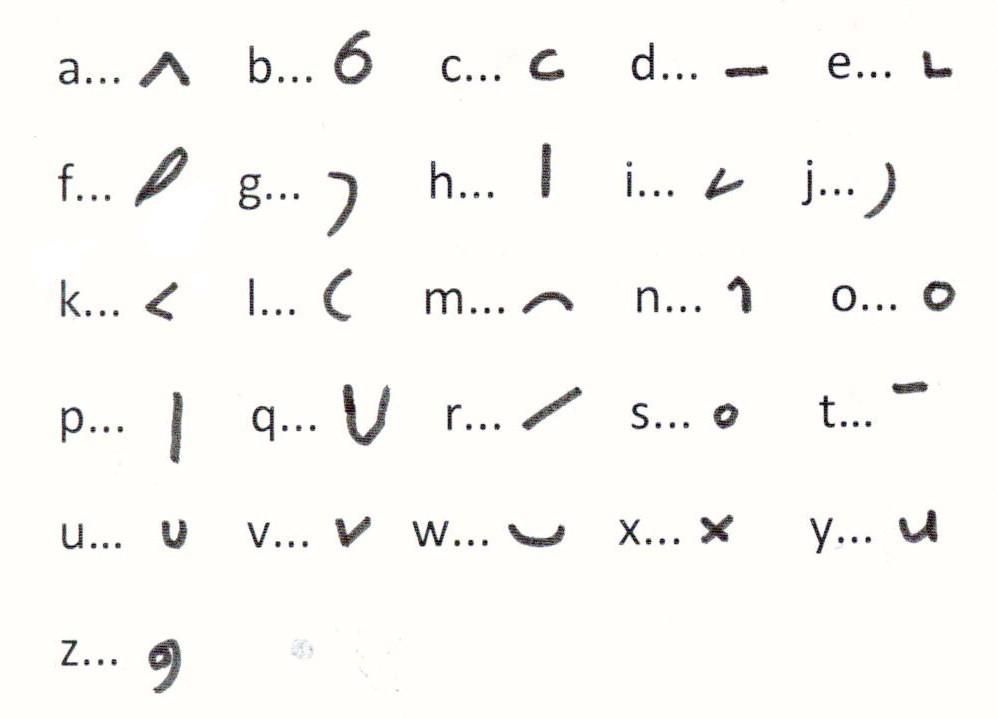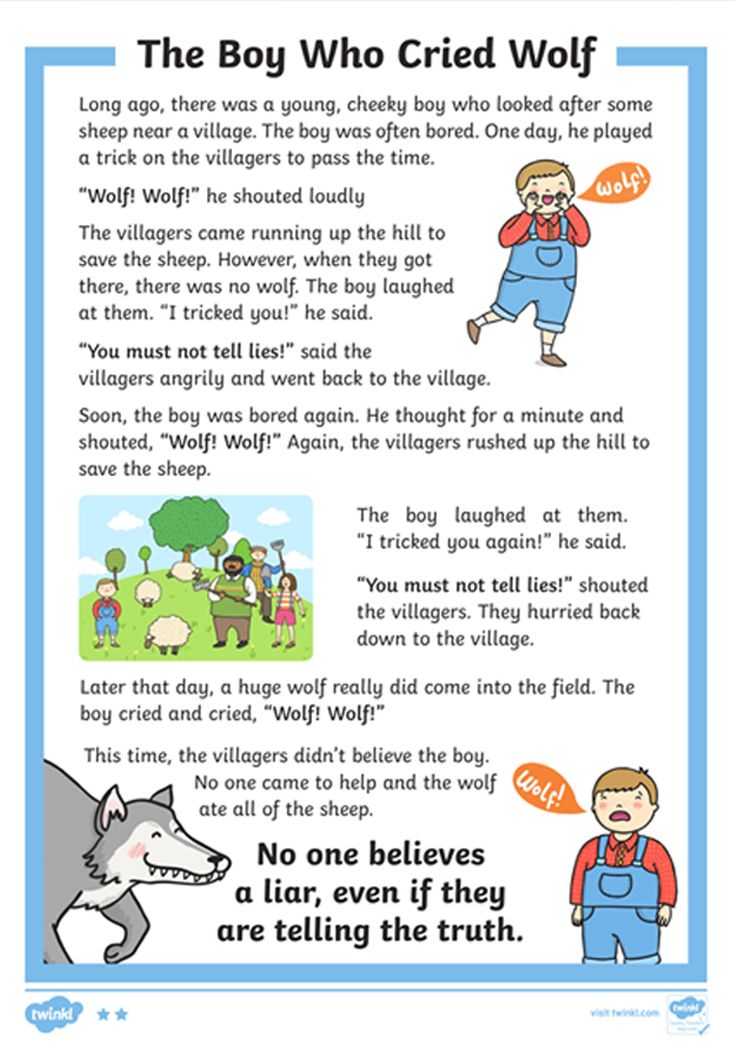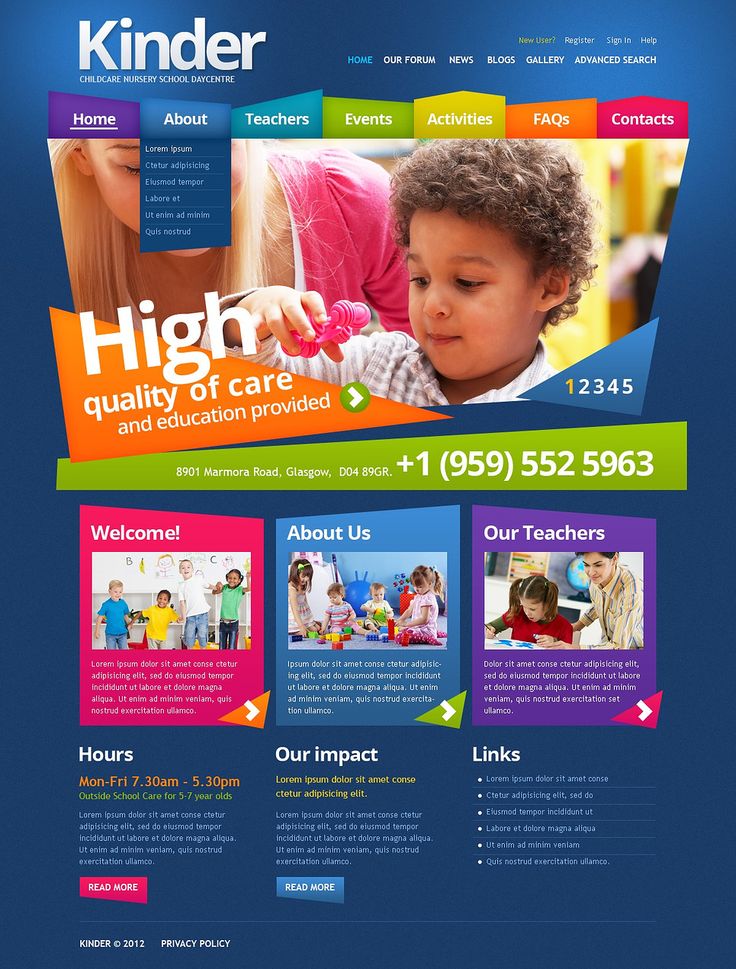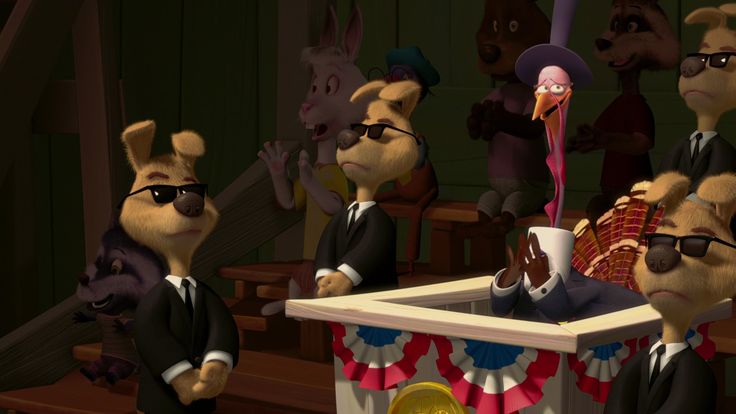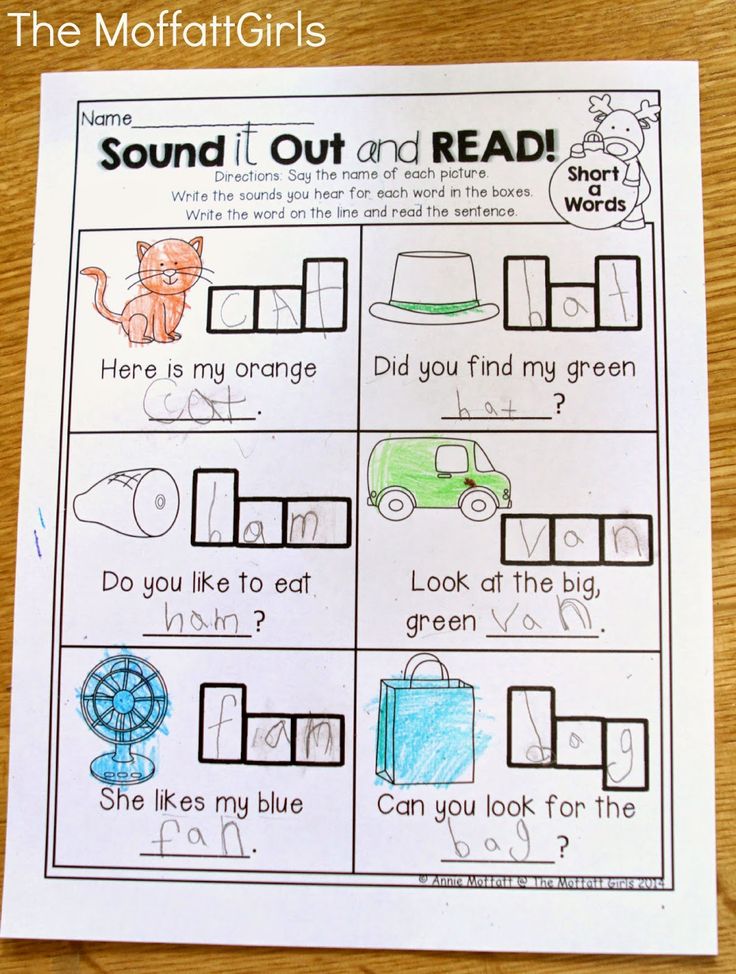Common sight words
Top 100 Sight Words and How to Teach Them
Sight words is a common term in reading that has a variety of meanings. When it is applied to early reading instruction, it typically refers to the set of about 100 words that keeps reappearing on almost any page of text. “Who, the, he, were, does, their, me, be” are a few examples.
In addition to their being very frequent, many of these words cannot be “sounded out.” Children are expected to learn them by sight (that is, by looking at them and recognizing them, without any attempt to sound them out.)
Unfortunately, this means minimal teaching. Often, little is done other than to show the word and tell the child what it is “saying.” For many children, this is not enough, with the result that their reading of these critical words is laden with error.
What does this mean for parents who are helping their children master reading? Basically it means spending some time in truly teaching these words so that your child gains real mastery of them. The key to achieving this goal is accurate writing (spelling)—via memory. That is, the child writes the word when the model is not in view.
You can do this by creating simple sentences that the child reads. (By using sentences, you will automatically be using many “sight words.” In addition, you will be giving your child the opportunity to deal with words in context—a key to meaningful reading) After showing the sentence and having your child read it, turn it over and then dictate the sentence. If there is an error, you immediately stop your child and take away the paper. Then you show the model again and repeat the process. In other words, the writing of the sentence has to be fully accurate, starting with the first word.
If you want a list of those words to help guide your efforts, here is the top 100 according to the American Heritage Word Frequency Book by John B. Carroll.
A: a, an, at, are, as, at, and, all, about, after
B: be, by, but, been
C: can, could, called
D: did, down, do
E: each
F: from, first, find, for
H: he, his, had, how, has, her, have, him
I: in, I, if, into, is, it, its
J: just
K: know
L: like, long, little
M: my, made, may, make, more, many, most,
N: not, no, now
O: or, one, of, out, other, over, only, on
P: people
S: said, she, some, so, see
T: the, to, they, this, there, them, then, these, two, time, than, that, their
U: up, use
V: very
W: was, with, what, were, when, we, which, will, would, words, where, water, who, way
Y: you, your
Click here to download our Recommended Top 100 Sight Words.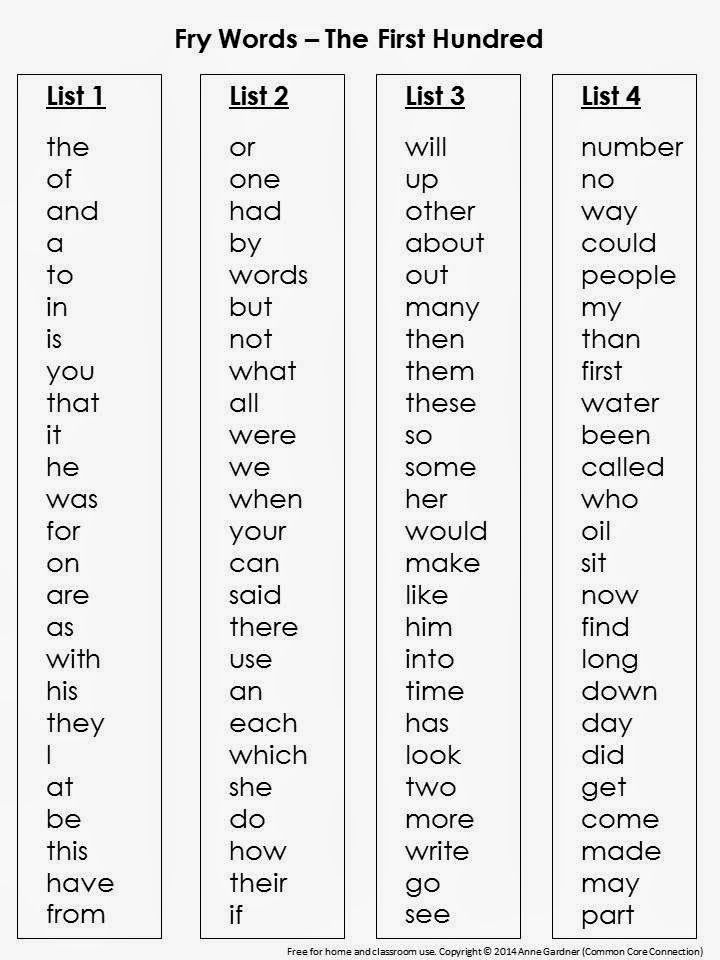
Literacy and reading expert, Dr. Marion Blank
Dr. Marion Blank is answering your questions about reading and learning. If you have a question for Dr. Marion, visit the Reading Kingdom Facebook Page and let us know how we can help.
If you think the Reading Kingdom program can help your children learn to read, enjoy a free, 30-day trial here.
Top 25 Sight Words Young Readers Need to Know!
Join our FREE Kids Book of the Month Club!
You'll get free monthly books PLUS a 2 week trial of our fun reading program!
Password
Confirm Password
What are Sight Words?
Sight words, or high frequency words, are the most common words in the English language. They are very common words which can’t be sounded out according to the normal rules, so they need to be learned by sight.
Children are encouraged to learn sight words by memory to make reading quicker and easier.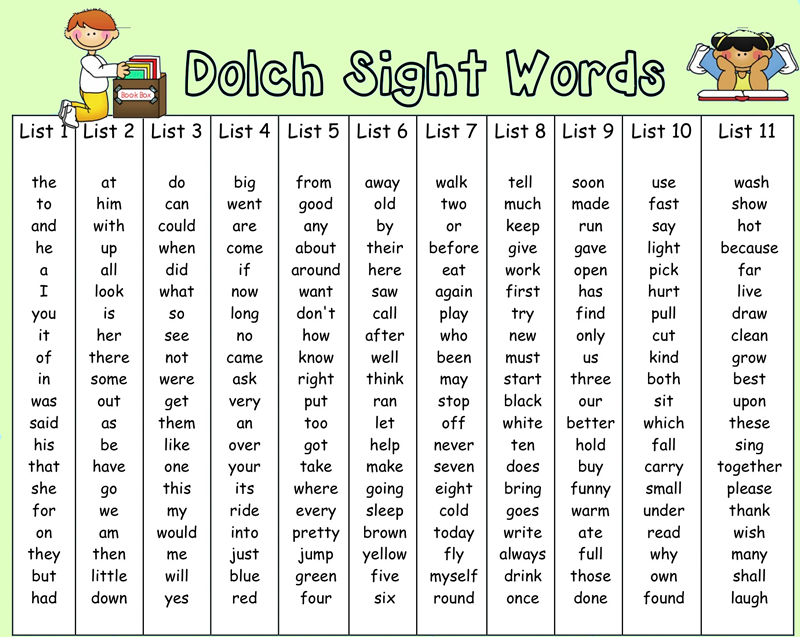 Amazingly, sight words can make up to 50-70% of the words used in general text!
Amazingly, sight words can make up to 50-70% of the words used in general text!
Why does your child need to know Sight Words for Kindergarten?
Having a lot of sight words memorised can help children gain confidence with reading and spend less time on decoding (figuring out the letter sounds).
If a child can read almost a whole book just based on kindergarten sight words, they’ll be able to spend more time learning the words they don’t know yet! Learning sight words is the easiest and most efficient way to start learning to read. Try out these kindergarten words with your early-learner today!
Watch the Sight Words Video!
Our Top 25 Sight Word List for Kindergartners
Our kindergarten sight word list introduces the Top 25 sight words for kindergartners, which you can also see in our fun video above!
Later, we’ll add a high frequency words list for Grade 1 and Grade 2.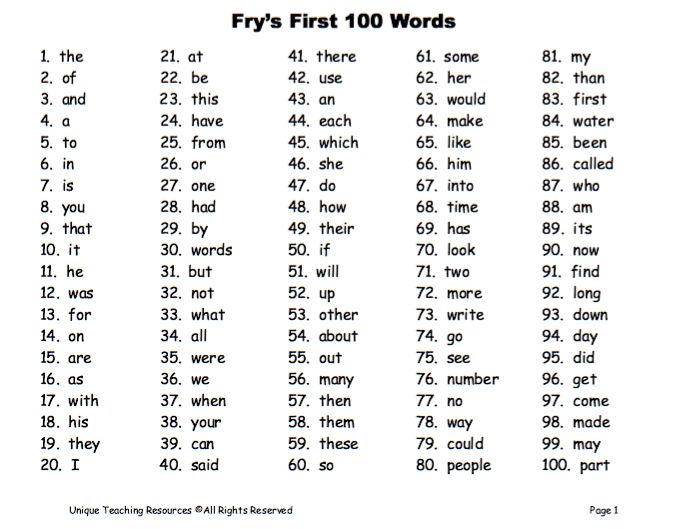
the
of
and
a
to
in
is
you
that
it
for
was
on
are
not
but
what
all
we
there
can
an
your
their
do
Sight Words Flashcards
Looking for kindergarten sight words flashcards? You’ve come to the right place! Our free printable flashcards are very popular with kids, parents and teachers.
Teachers:
- Print in full color
- Cut out each card
- Give one card to each student to colour in the outlined images
- Practice! Kids will love learning even more when they see you’re using the flashcards that they’ve colored 🙂
Parents:
- Print flashcards on your laser printer at home
- Cut out each card
- Give the cards to your child to color in over a few days.
- Practice these sight words at least 2-3 times per week!
- For extended practice, try to make some sight words sentences together.
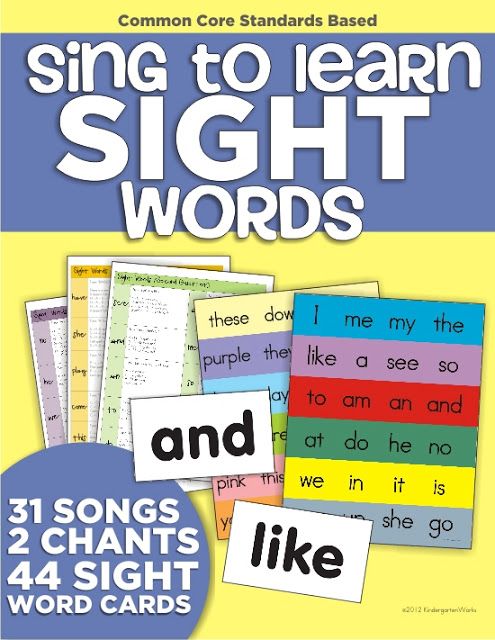
Download Worksheet
Sight Word Games
Kindergarten sight word games
- Sight Words Bingo:
- Create a sheet of sight words 25×25 squares
- Give kids pens or small markers
- Read aloud the sight words one at a time
- Kids should cross out the word when they hear it
- To win, kids need to make a horizontal, vertical or diagonal line of 5 words and read aloud the 5 words for more practice!
- Sight Words word search:
- Create a word search using an online generator
- Add 20+ sight words into the generator
- Children need to find each sight word (vertical, horizontal or diagonal) and circle them
- Repeat until all the words have been found
- For more practice, help children to make short sentences using the words
- Sight Words Beanbag Toss:
- Create 30+ separate sight words on some cards (use our flashcards above or write your own)
- Spread them out on the ground
- The child should toss the beanbag onto one of the words and then read the word aloud!
- Sight Words Memory:
- Write 10 word pairs onto 20 pieces of card or paper
- Shuffle the cards and place them face down on a table
- The child should turn over one of the cards, read it out loud and keep it face up
- Then the child should pick up a second card and read it out loud.
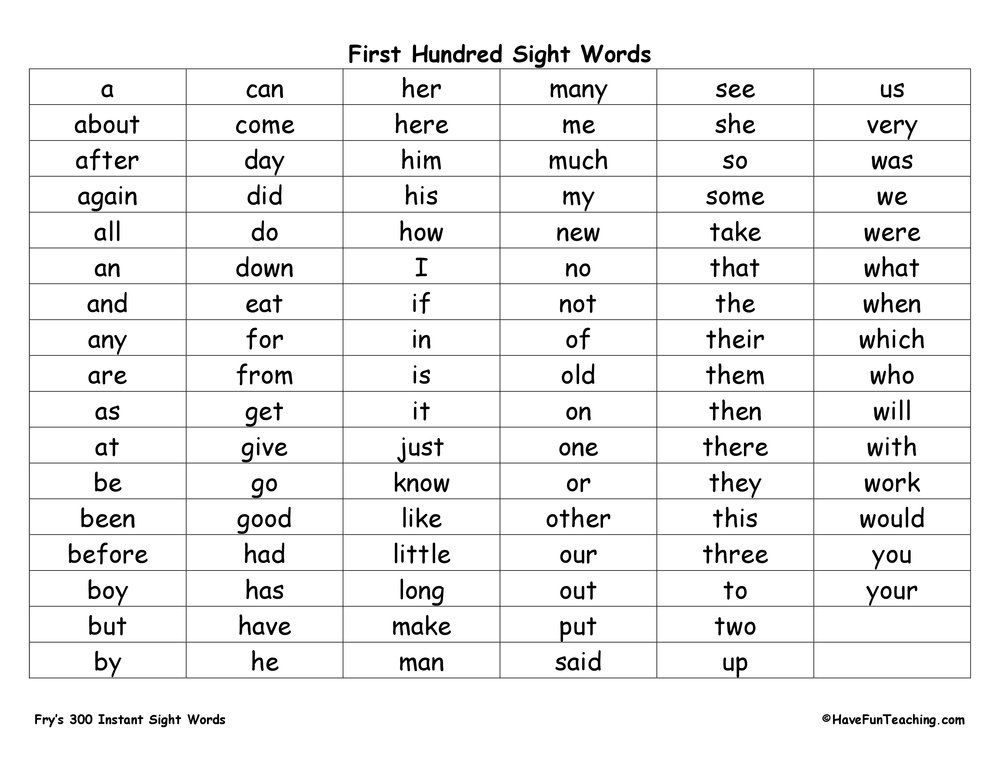 Do they match?
Do they match? - If they match, keep the cards face up. If they don’t match, turn the cards over again. Repeat from step 1
- Keep repeating the steps until all 10 pairs have been matched!
How should children learn Sight Words?
Sight words need to be memorised when children are young (3-6 years) to give them the best head start with reading. Early-learners should learn sight words before they actually learn to read so they’ll save time and have more confidence with reading.
Start with our sight words list and kindergarten sight words printables above, then go on to learn more sight words with the resources here.
Here are some sight word activities for kindergarten! Try these at home or in the classroom:
- Use our sight words video to help your kids sound out these common words. They can listen and repeat each word as a class or one-by-one.
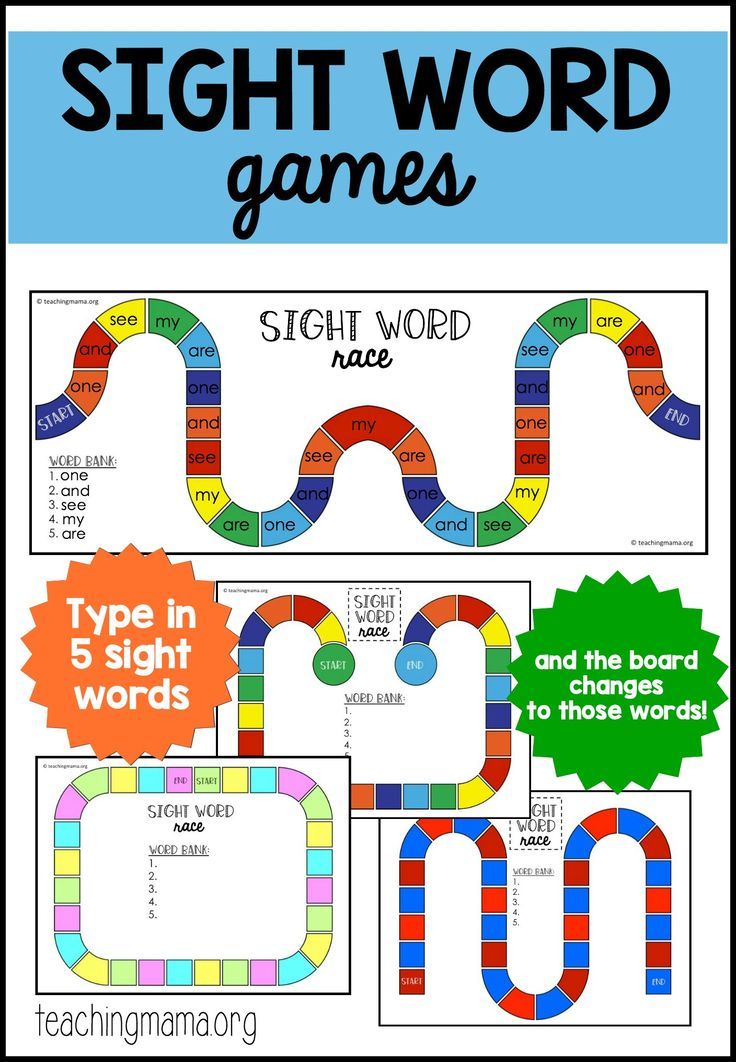
- Use printed flashcards to help with sight words drills in class or at home. You can help kids to make their own sight word sentences!
- Read with your child and point out or underline all the sight words in the book. Read the book again and see if your child recognises the words more easily this time.
- Use the flashcards to mix and match the words, and help children create full sentences
- Online games: find games which use a mix of audio, imagery and action to keep children motivated and curious to learn more.
- Images and gestures: for some children, the best way to learn sight words is to match them with pictures and gestures. This can be difficult for some of the more abstract words, but you can be creative with this.
Sight Words Workbook
Do you love teaching kids using free sight word worksheets? Then download our collection of worksheets in our Sight Words Workbook.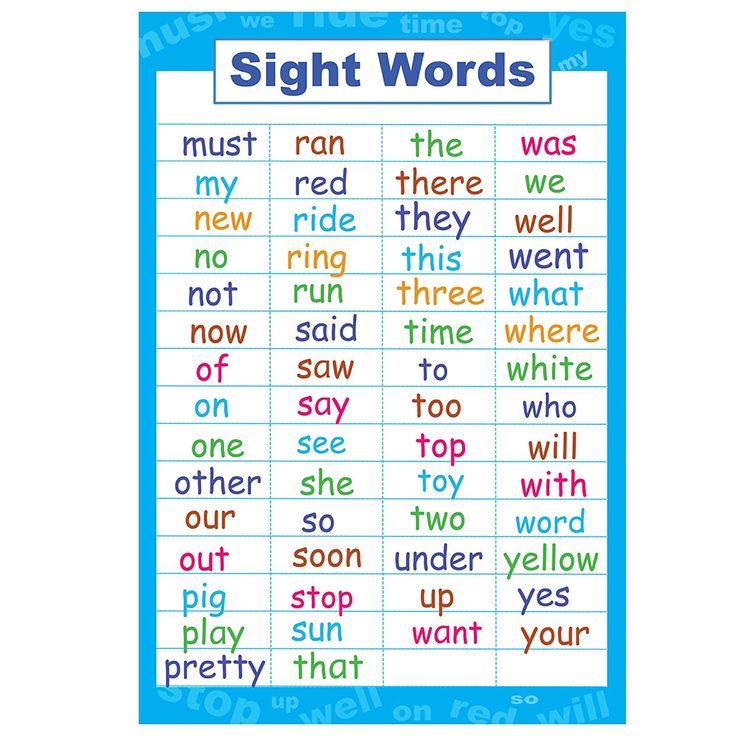 You’ll find all the kindergarten high-frequency words that we use in our sight words video above!
You’ll find all the kindergarten high-frequency words that we use in our sight words video above!
Kids can practice writing the letters of the alphabet and go onto tracing and writing sentences. When they’re done they can even color in the images!
Parents: use these as some fun writing and sight word practice after school.
Teachers: assign these as homework or use as an in-class activity that can be expanded on.
Download Worksheet
Red Cat Reading Makes Learning Sight Words Fun & Exciting for Your Child!
I started Red Cat Reading to help overworked and overstressed parents prepare their children for school success.
For children just starting to learn how to read, our Phonics Program is just what they need. Our phonics books introduce sight words and dolch words (common words) gradually, page-by-page, book-by-book.
Your child can easily follow the gradual introductions of sight words and understand the context with bright illustrations, read-aloud text and catchy songs.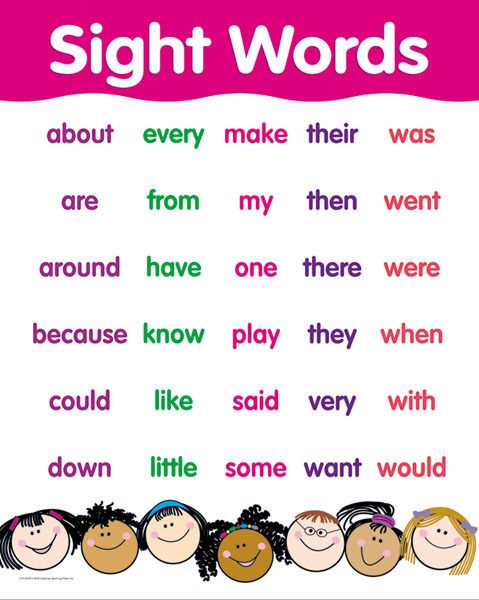
For example, all our Level 1 books only use the simplest sight words (the, and, a, in, it) so kids can get comfortable with these words before moving on to the next level.
Your child will have FUN learning sight words with our interactive phonics books, videos and songs! Each book comes with read-aloud audio and a video, so your child can reinforce their knowledge.
Access on any device, anytime! You can even download all our books and videos to read and watch offline.
Sample Our Interactive Phonics Book
Now that your kids have a lot of sight word practice under their belt, you can move on to phonics! Unlike sight words, phonics is the system of breaking down words into separate sounds to make them easier to sound out.
This can be daunting to start with, but we make it easy and fun for kids with our friendly characters, read aloud phonics books, read along phonics videos and creative worksheets!
Sample one of our Level 1 phonics books below:
The Four Steps to Learning Sight Words and Phonics
Your child will learn to read FAST with our 4-step method.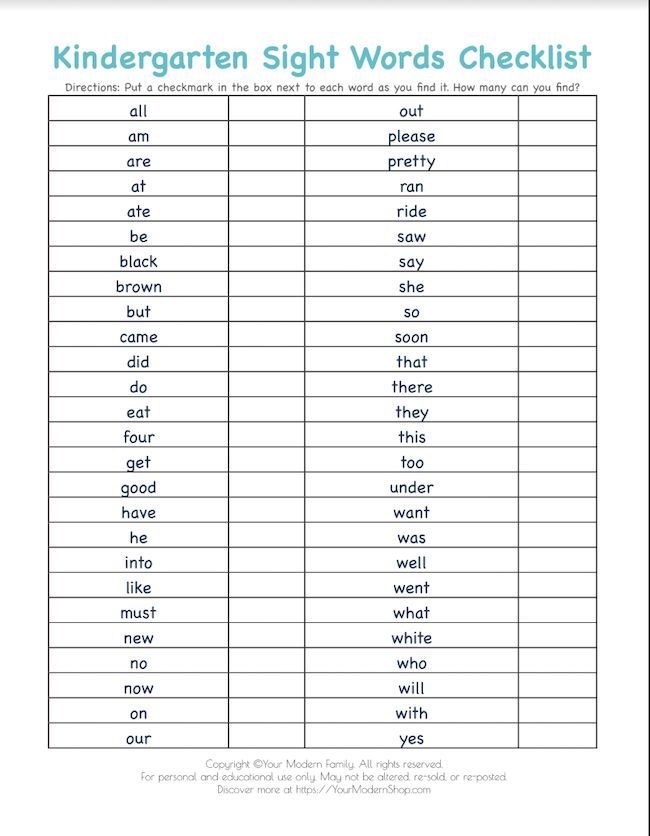 You already know that phonics is a proven method that brings letters and sounds together.
You already know that phonics is a proven method that brings letters and sounds together.
While learning phonics your child will also learn ALL the sight words they need, in 4 simple steps.
- Watch
Watch phonics videos to hear the sounds and see the letters! - Read
Read the Free eBook to review the words and sounds! - Practice
Speak out loud with the fast and easy practice pages! - Sing-along
Sing-along with catchy songs and master all the phonic sounds!
Recommended Free Books
Download our most popular books, FREE!
Kids will memorize sight words and learn the sounds of the English alphabet with our funny, read-aloud stories.
Common words Grade 6 online training at Rostelecom Lyceum
Topic 5: Vocabulary
- Video
- Simulator
- Theory
Spotted a mistake?
Lexicology.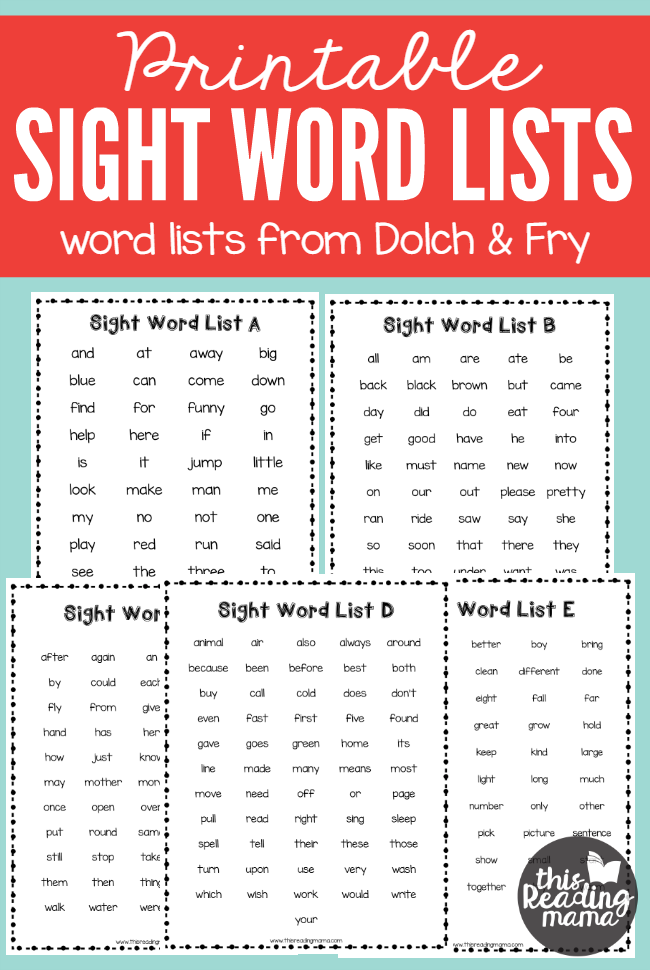 Common words.
Common words.
Lexicology is a section of a language that studies the word as a basic unit.
By use and origin words are divided into common and non-common: professionalisms, dialectisms, jargon, emotionally colored words, obsolete words, neologisms, as well as native Russian words and borrowings.
Common words are the words from which our everyday speech is built, these words are used by everyone, regardless of place of residence and profession. These are the names of objects, phenomena, qualities, actions: sky, fire, flight, cat, red, short, fat, wait, love, respond, etc.
Common vocabulary is that lexical core, without which language is unthinkable, communication is impossible, it is made up of words that are expressions of the most necessary vital concepts.
National vocabulary is the bulk of the national literary dictionary, the necessary lexical material for expressing thoughts in Russian, the fund on the basis of which, first of all, the further development and enrichment of vocabulary takes place.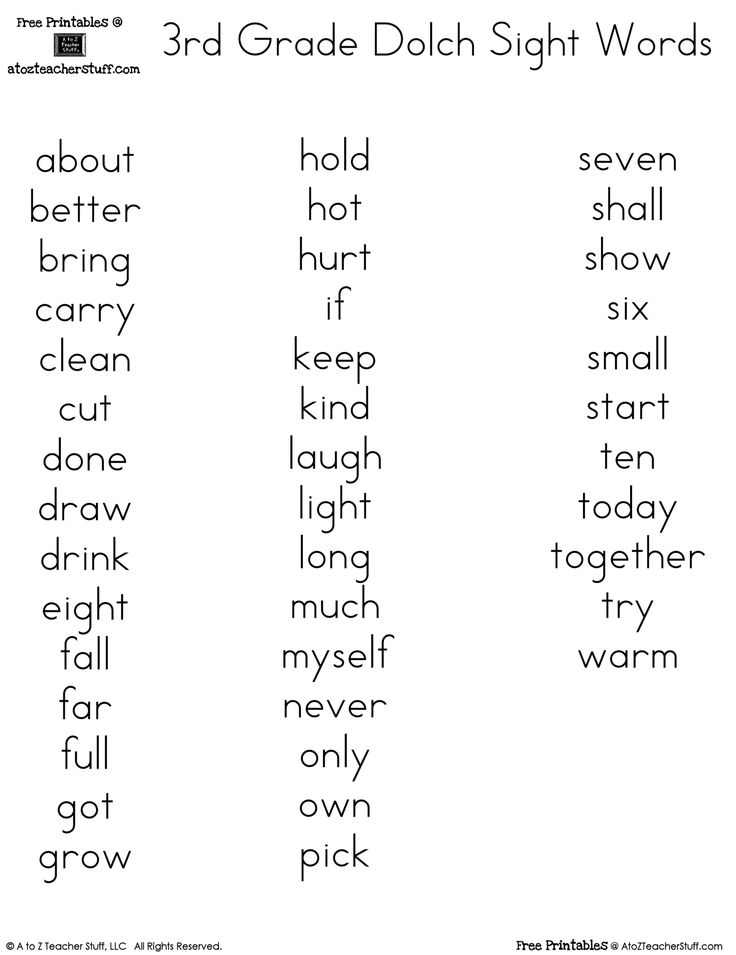 The vast majority of the words included in it are stable in their use and are commonly used in all styles of speech.
The vast majority of the words included in it are stable in their use and are commonly used in all styles of speech.
The vocabulary of the Russian language contains words that are known and understood by everyone, from different parts of speech: house, water, run, shop, book. Among these words, stylistically neutral words stand out, i.e. such words that can be heard equally in a scientific report and in everyday conversation, which can be read in a business document and in a friendly letter. There are an overwhelming majority of such words in Russian.
In addition to stylistically neutral words, common vocabulary also includes words that can be used by everyone, but not in any case. So, the words girl, little book, house, turret, etc., in contrast to stylistically neutral words, either have expression or are emotionally colored.
Shades of emotional coloring are created by various diminutive-petting and magnifying-pejorative suffixes (bash-enk-a, house-ik), and expressiveness is conveyed by a special descriptiveness of speech words (simpleton, cunning). Using such words, the speaker expresses his positive or negative attitude to the subject, phenomenon. Therefore, these words are not found in a scientific report, in a business document. The use of expressive-emotional words is limited to certain styles of speech: more often they are used in a colloquial style, often in a journalistic style.
Using such words, the speaker expresses his positive or negative attitude to the subject, phenomenon. Therefore, these words are not found in a scientific report, in a business document. The use of expressive-emotional words is limited to certain styles of speech: more often they are used in a colloquial style, often in a journalistic style.
Words burning, motley, loser, tyrant, regular, tedious and others in the first half of the 19th century. were not known to all speakers of Russian: the scope of their use was limited to professional or dialect. But after a while they became part of the common vocabulary.
On the other hand, some common words over time may go out of common circulation, narrow the scope of their use: for example, the words kochet, i.e. rooster, gingerbread, i.e. gingerbread, now found only in some Russian dialects. There are times when a word from the popular dictionary goes into professional jargon.
Noticed an error?
Tell us about the bug and we'll fix it.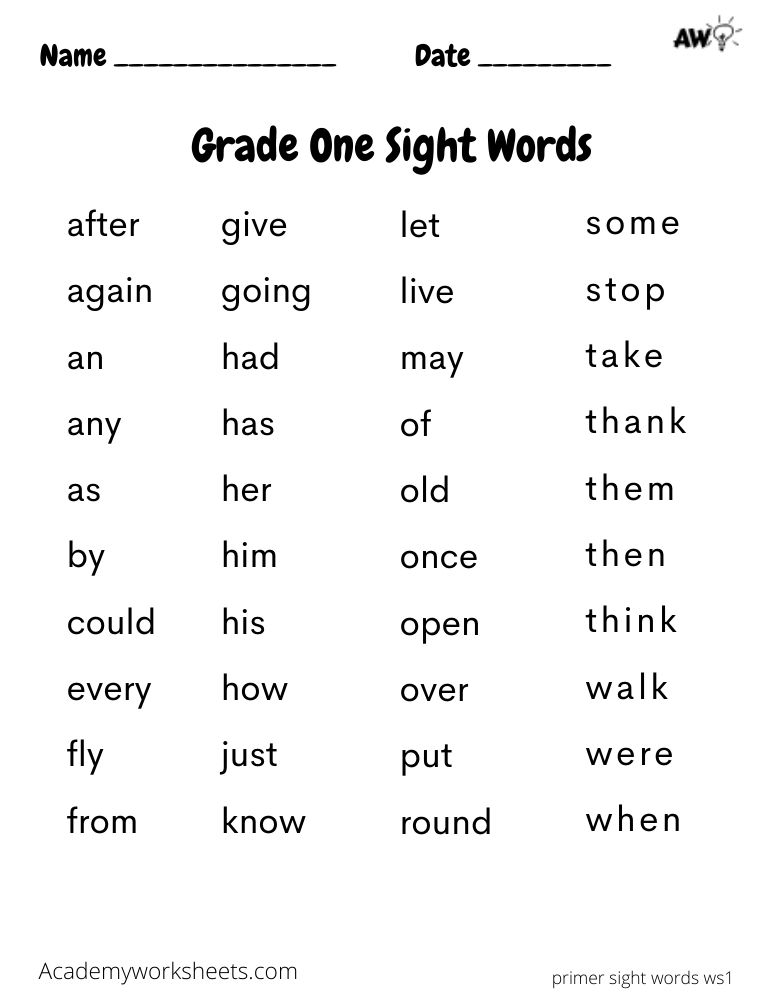
Common and non-common words / Vocabulary. Culture of speech / Handbook of the Russian language 5-9 grade
- Main
- Handbooks
- Handbook of the Russian language 5-9 grade
- Vocabulary. Culture of speech
- Common and non-common words
Common words
The words of the Russian language are known to all the people, they are known and used in all corners of our country. Such words are commonly used (forest, sky, green, cheerful, run, teach, scary, one, two and others).
Our everyday speech consists of just such words, they are passed on by adults to their children, with their help people communicate with each other.
Non-common words (words of limited use) are words that are not used by everyone, but only by representatives of a certain profession, social group or residents of any locality.
These include dialect words (dialecticisms), professionalisms (special words, terms) and slang words
Dialectic words (dialectisms) , for example, pyryat - (butting) is used by residents of some regions of the Volga region; observe (when water from puddles is poured into shoes) - in the speech of the inhabitants of the Perm Territory; chamotte (refractory clay) - in the speech of metallurgists.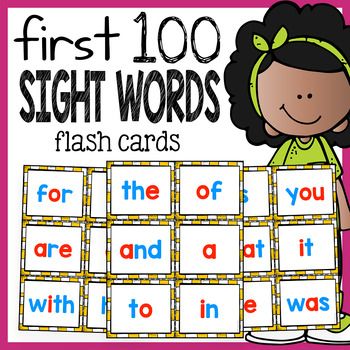
Occupational words are words that are used by members of a particular profession, eg suffix, shock absorber.
Slang words (slang words) are words that are used by representatives of a certain social group, for example, hater (enemy), chilli (rest), nyasha (beautiful, cute).
Colloquial words are words that do not correspond to the norms of the literary language. They are characteristic of poorly educated people: right now (now), kada (when), Kostyan (Kostya, Konstantin).
Non-common words are often used by authors and writers to recreate the atmosphere of a particular area or group of people they are talking about.
Share with friends on social networks:
We advise you to see:
Word formation
Professors
Dialertism
Originally Russian and borrowed words
Lexical analysis of the word
Thematic group
Winged words and expressions
Neutral and stylistic lecture
.